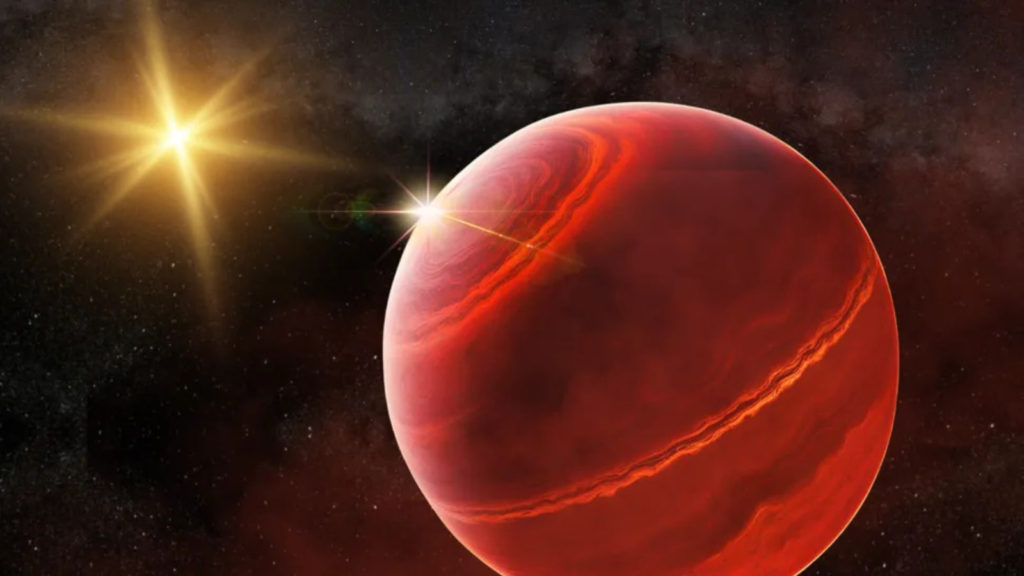NASA’s exoplanet-hunting spacecraft – the Transiting Exoplanet Survey Satellite (TESS for short) and citizen scientists have discovered a new alien world that’s ‘cool’, both literally and figuratively. The exoplanet, called TOI-4465 b, is a gas giant located almost 400 light years from Earth. With a mass six times and a width 1.25 times that of Jupiter, the exoplanet circles a star in an elliptical orbit at less than half the distance between Earth and the Sun.
Due to its proximity to the star, the exoplanet has temperatures ranging between 93 to 204 degrees Celsius and takes just 102 Earth days to complete one rotation around the star. Compared to other gas giant exoplanets that are close to their stars, TOI-4465 b is cooler, given its massive size and density. Exoplanet scientists find TOI-4465 b particularly interesting because it acts as a bridge between scorching gas giants and ice giants like Neptune.
In a statement to Space.com, Zahra Essack, a researcher at the University of Mexico, says, “This discovery is important because long-period exoplanets, defined as having orbital periods longer than 100 days, are difficult to detect and confirm due to limited observational opportunities and resources. As a result, they are underrepresented in our current catalog of exoplanets.”
NASA’s Transiting Exoplanet Survey Satellite (TESS) detects planets when they cross between their parent star and Earth, causing a small dip in the light that’s received from their system’s star. To give you a quick recap, exoplanets are planets that orbit other stars and are beyond our solar system.
While TOI-4465 b was spotted during one such event, astronomers needed one more transit event before they could study it. Esseck says that these “observational windows are extremely limited” and that “each transit lasts about 12 hours, but it is incredibly rare to get 12 full hours of dark, clear skies in one location.”
To overcome these challenges, astronomers turned to 24 amateur citizen scientists from 10 countries who are part of the Unistellar Citizen Science Network, who used their telescopes to observe TOI-4465 b.
© IE Online Media Services Pvt Ltd



